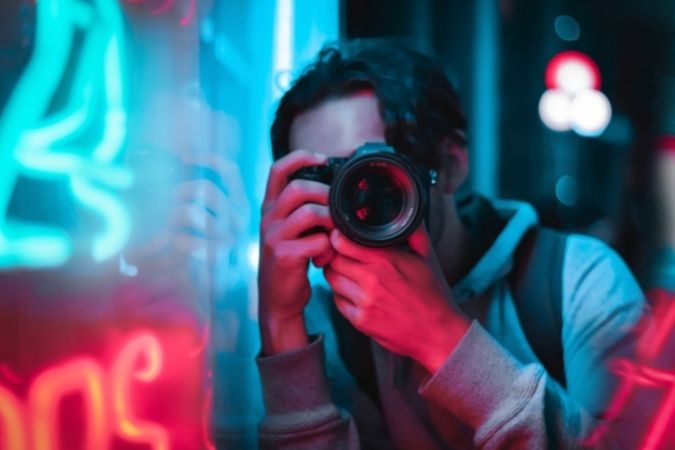Having high-quality photographs of products is essential for online retailers. The aesthetic appeal of your site is improved, and prospective buyers get essential information about your goods from these pictures. While persuasive product text is necessary to close the sale, a high-quality picture of the product is much more likely to attract and hold the attention of potential customers.
This article will walk you through the many types of product photography, the equipment you’ll need to shoot your own product photographs, and where to get professional shots when you’re ready to launch your firm.
A subset of commercial photography, product photography focuses on displaying things for sale. The objective is to provide as accurate a depiction of the product as possible so that consumers can make an informed decision when purchasing it online.
8 Types of Product Photography
After establishing the significance of high-quality product photography, we may go on to further specifics.
If your e-commerce store wants to stand out from the competition via the use of photos, you have several options for product photography from which to pick.
Without further ado, here are the eight fundamental categories of product photography for an online shop:
1. Lifestyle Photography

By showing how a product might fit into a person’s everyday life, lifestyle product photography helps sell more of that thing. Because of this, the picture has to depict how the product is really used.
An example of a lifestyle photograph for a garden tool may include the instrument being used in a domestic garden. The viewer has a clear mental image upscale of how a product will function and feel when used in practice.
Overly produced or cheesy lifestyle images can turn off your viewers. Maintain a sincere approach, then.
2. Studio Image Shots
Studio photography is typically the best option for creating a polished, professional, and appealing presentation of a product for the outside world.
These high-definition product shots are perfect for catalogs and online stores. Simple studio photos of a product should be completely honest about its quality. If you want to further improve your image resolution, use an image upscaler tool.
In most cases, products are shown on white or neutral backdrops that don’t draw attention away from the item being sold. However, some bolder companies use more imaginative backgrounds as part of their brand’s identity.
3. Scale and Detail Shots
It might be difficult to get a good sense of a product’s size from its online description or specifications. A scale photo is helpful since it gives the buyer a feeling of proportion.
What does its scale on my desk seem like? Could my niece wear it? The results of the scale shots should put any doubts to rest.
To provide a prospective buyer with a more complete picture of what the product looks like, a detail shot focuses on key design elements or features.
4. Group Shots
Since many items are purchased in sets, or in tandem with other items, or in varied variants like colour, size, or finish, it might be difficult for a client to get a comprehensive sense of the product from a technical description or review alone.
5. Process Shots
When making luxury goods, a lot of care and attention to detail must be taken. In comparison to knockoffs, they are of higher quality because of this detail.
When marketing high-end products, it’s important to give buyers a sense of the care that went into making them.
Images of skilled workers producing your items may do wonders for your company’s reputation and the loyalty of its clientele.
6. Packaging Shots
Internet retailers can’t afford to skimp on product packaging. The items must be securely packaged to ensure their safe arrival to the homes of the recipients. Packaging should be a marketing tool in its own right.
Taking professional photographs of your product’s packaging is a great way to reinforce your brand’s message and reassure customers that they will get their purchase in perfect condition.
7. Flat Lays
The term “flat lay” refers to an overhead photograph of a product. The fashion and accessory photography genres benefit greatly from the use of flat lay photos. This kind of sparse staging is striking, and it works especially well on the web.
8. Individual Shots
To be clear, a single picture will only include a single subject (or one individual wearing an item).
This kind of picture is often used for banners. Catalogs and online product sites also often include individual photos.
Conclusion
As a species, we are far better at remembering visual information than written information, and the human brain can absorb pictures thousands of times more quickly than text. Because of this, utilizing product photos to promote your brand should be a top priority in your advertising.
Brand identity is communicated to the world via high-quality product photography. The photographs are your chance to create a fantastic first impression.
With the use of professional product photography, we can now convey meaningful brand narratives. Using the right sorts of product photographs will go far in today’s market when social media engagement is paramount.
Follow Techdee for more!
